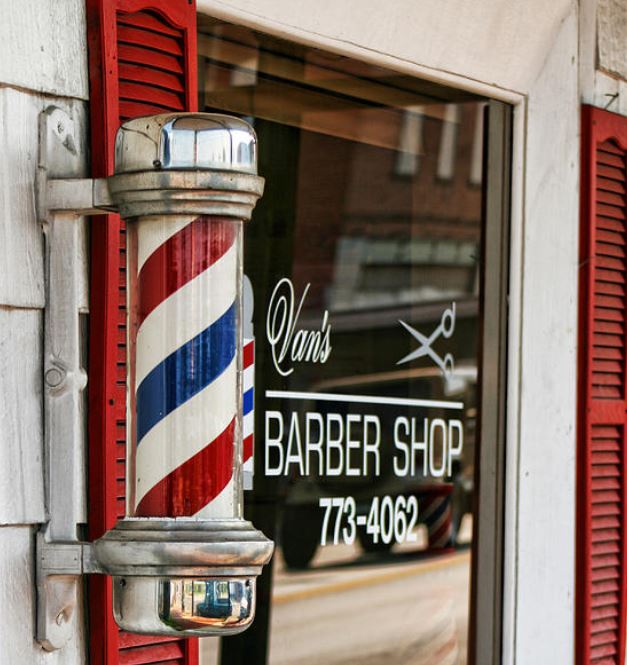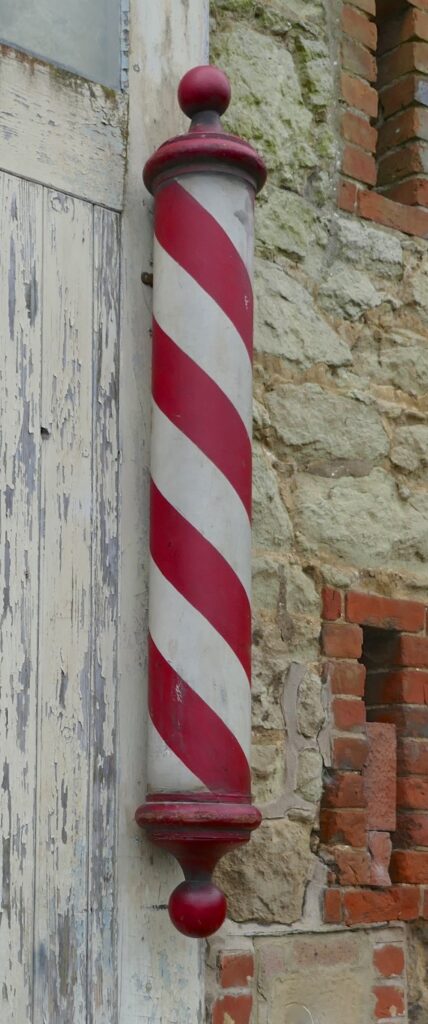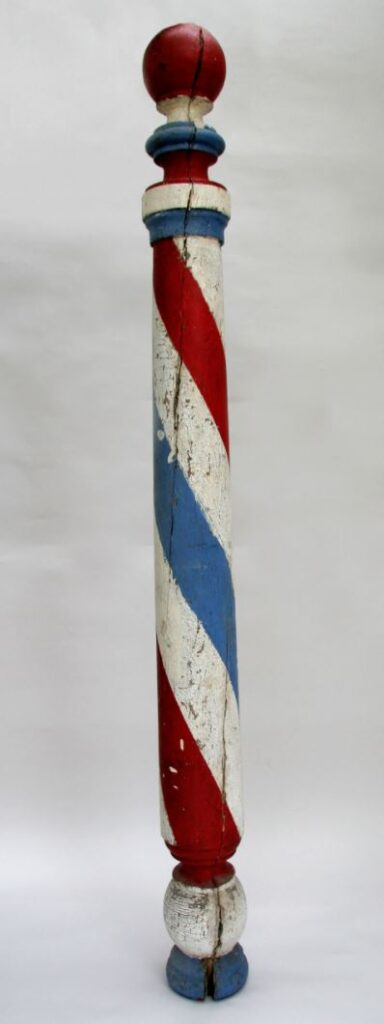

Only a few centuries ago there was a profession that combined pulling teeth, sewing you up, and shaving you. These highly-skilled professionals were called barbers.
From the Clergy to the Barbers
In the middle ages barbers were at times better doctors than university educated physicians. For a while day-to-day surgeries were performed by monks and priest but they were banned from performing surgeries by Pope Alexander III in 1163. Barbers were often military veterans or would follow soldiers in war. Because of the abundance of experience they at times knew the body better than anyone else and took over once the clergy was banned.

Barbers and Bleeding the Sick
Barbers were also often called to use the barbaric practice of bleeding the sick. They would use red-painted poles so to make the arm swell and increase the bleeding and bandages to stop the flow when they thought the patient bled enough. The poles were often painted in red or due to blood stains they became red after few uses.
The Pole is Born
The red poles were often left outside to dry with white bandages wrapped around them. This red and white poles quickly became a recognizable symbol for barbers and surgeons. In 1307 it became illegal to leave blood drenched poles on the street. Consequently, barbers started crafting colored poles to advertise their various services. Thus the white and red painted poles became the symbol of barbershops.
Amsterdam and the Meaning of Red, White, and Blue
In the 1600s in Amsterdam, barber-surgeons started using poles with red (bleeding), white (pulling teeth) and blue for shaving if nothing else was needed. Most likely this is the origin of the three vs two colors.
The American Take
In the US, barber shops started adopting the white and red variations but blue was soon added. By the time the three colors were adopted in the US, the practice to visit the barber for a surgery or pulling teeth was mostly a thing of the past. The theory is that blue was simply added for patriotic reasons.
To learn more:
Barber’s pole – Wikipedia
Barber History | The Surprising Origins of Barbering | Avenue Five Institute
Barber Poles: The Disturbing History Behind The Design | Reader’s Digest (rd.com)